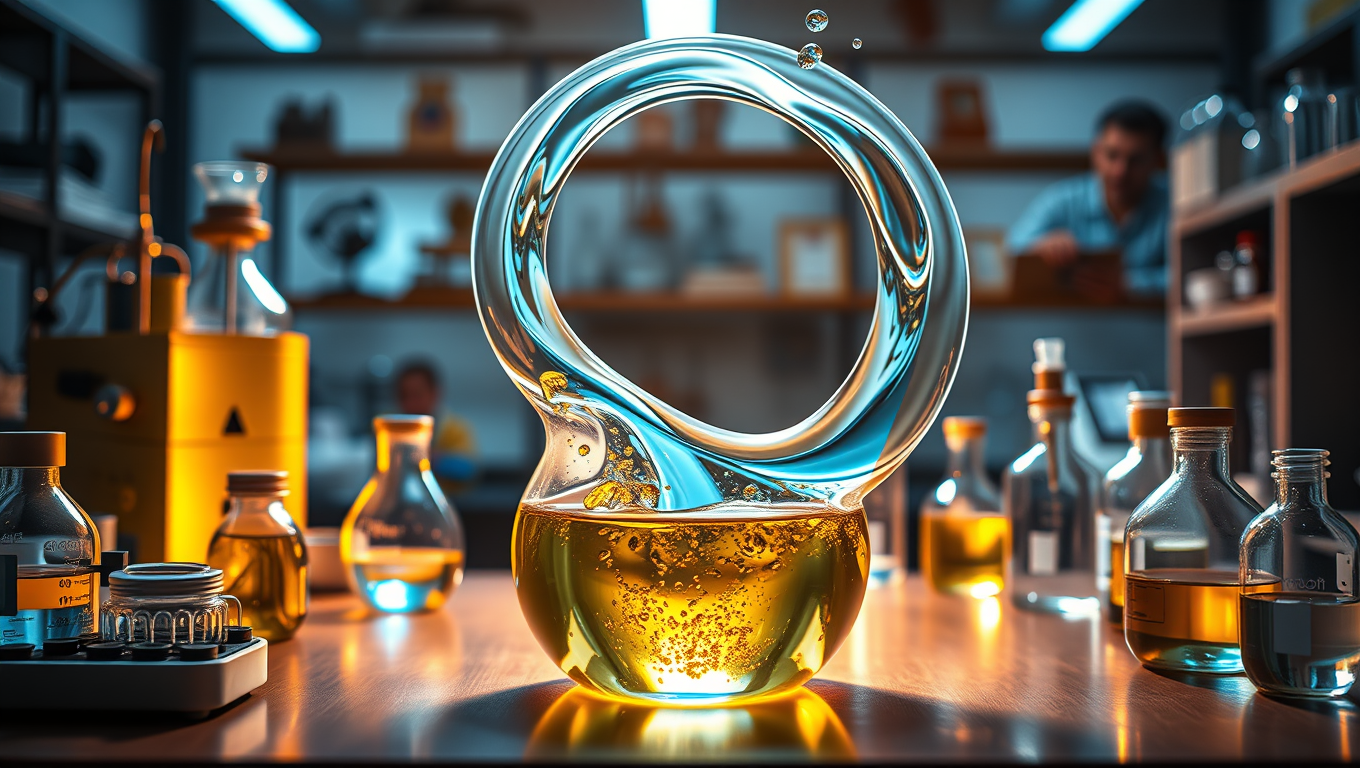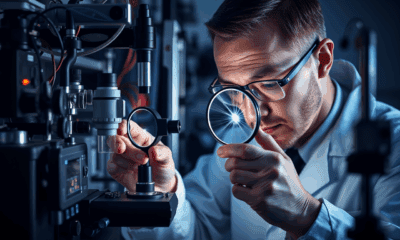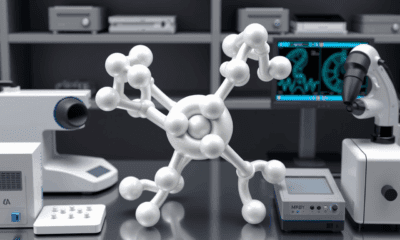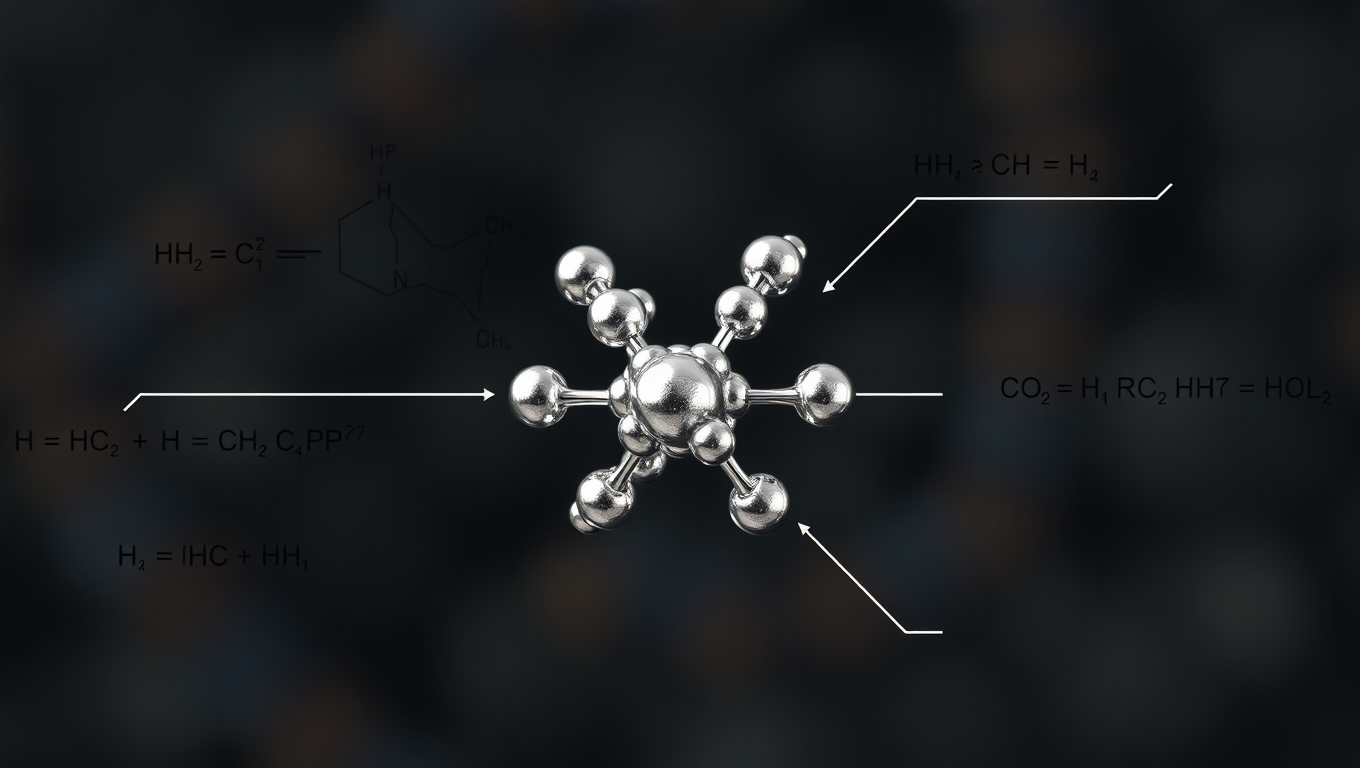While we try to keep things accurate, this content is part of an ongoing experiment and may not always be reliable.
Please double-check important details — we’re not responsible for how the information is used.
Chemistry
“The Shape-Defying Liquid: A Surprising Discovery that Challenges the Laws of Thermodynamics”
A team of researchers led by a physics graduate student recently made the surprising discovery of what they call a ‘shape-recovering liquid,’ which defies some long-held expectations derived from the laws of thermodynamics. The research details a mixture of oil, water and magnetized particles that, when shaken, always quickly separates into what looks like the classically curvaceous lines of a Grecian urn.

Batteries
“Reviving ‘Dead’ Batteries: The Path to a Greener Future”
Lithium battery recycling offers a powerful solution to rising demand, with discarded batteries still holding most of their valuable materials. Compared to mining, recycling slashes emissions and resource use while unlocking major economic potential. Yet infrastructure, policy, and technology hurdles must still be overcome.
Biochemistry
Shape-Shifting Catalysts: Revolutionizing Green Chemistry with a Single Atom
A team in Milan has developed a first-of-its-kind single-atom catalyst that acts like a molecular switch, enabling cleaner, more adaptable chemical reactions. Stable, recyclable, and eco-friendly, it marks a major step toward programmable sustainable chemistry.
Chemistry
Scientists Confirm a Fundamental Quantum Rule for the First Time
Scientists have, for the first time, experimentally proven that angular momentum is conserved even when a single photon splits into two, pushing quantum physics to its most fundamental limits. Using ultra-precise equipment, the team captured this elusive process—comparable to finding a needle in a haystack—confirming a cornerstone law of nature at the photon level.
-

 Detectors7 months ago
Detectors7 months agoA New Horizon for Vision: How Gold Nanoparticles May Restore People’s Sight
-

 Earth & Climate8 months ago
Earth & Climate8 months agoRetiring Abroad Can Be Lonely Business
-

 Cancer8 months ago
Cancer8 months agoRevolutionizing Quantum Communication: Direct Connections Between Multiple Processors
-

 Albert Einstein8 months ago
Albert Einstein8 months agoHarnessing Water Waves: A Breakthrough in Controlling Floating Objects
-

 Earth & Climate8 months ago
Earth & Climate8 months agoHousehold Electricity Three Times More Expensive Than Upcoming ‘Eco-Friendly’ Aviation E-Fuels, Study Reveals
-

 Diseases and Conditions8 months ago
Diseases and Conditions8 months agoReducing Falls Among Elderly Women with Polypharmacy through Exercise Intervention
-

 Chemistry7 months ago
Chemistry7 months ago“Unveiling Hidden Patterns: A New Twist on Interference Phenomena”
-

 Agriculture and Food8 months ago
Agriculture and Food8 months ago“A Sustainable Solution: Researchers Create Hybrid Cheese with 25% Pea Protein”





























